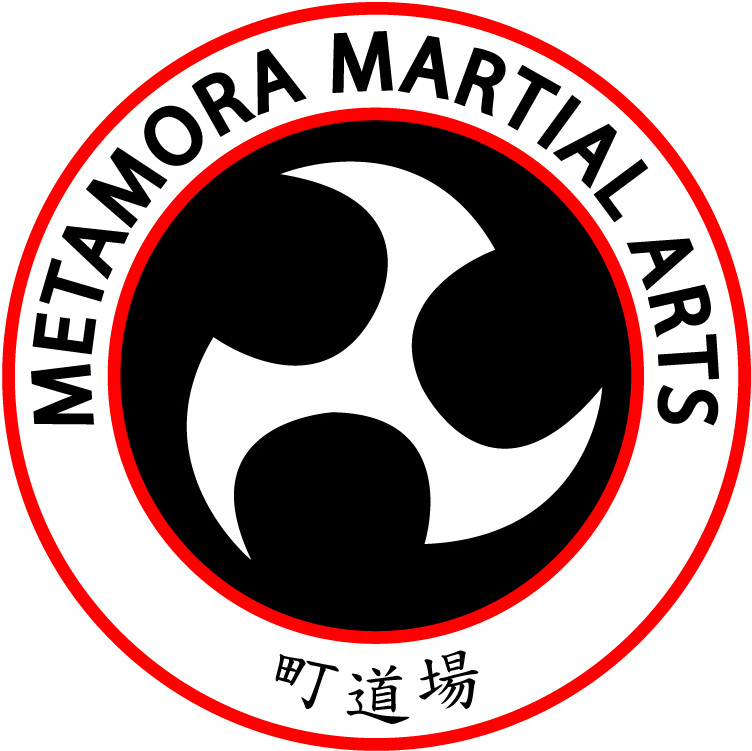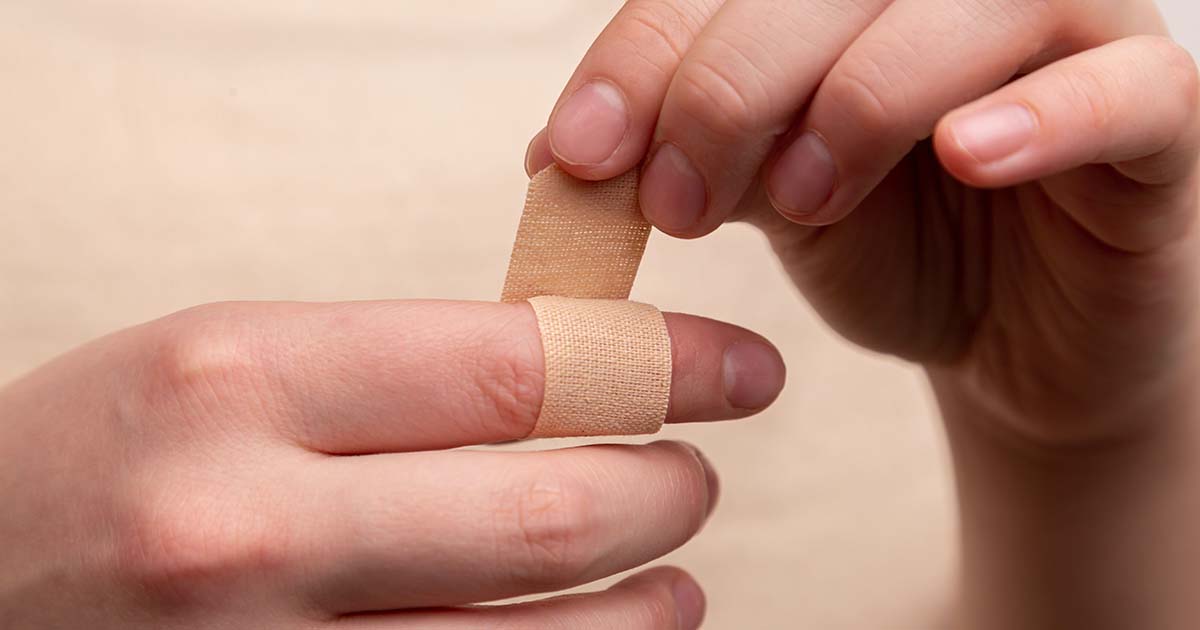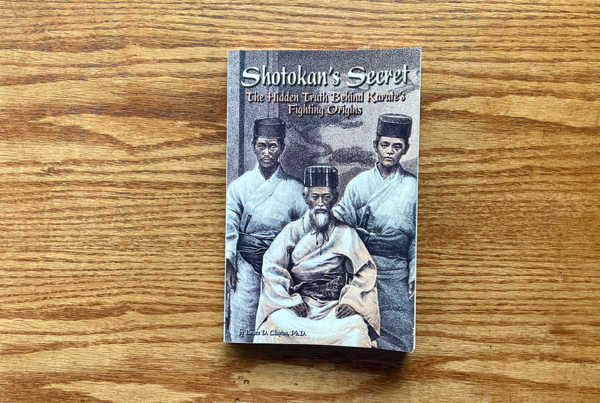Injuries.
Money.
Anxiety.
These are a few of the things I’ve thought about over the last 20 years that have made me second-guess practicing martial arts.
Below, I’ve compiled a list of the many negatives you should consider about karate if you’re deciding whether to enroll your child or even keep your child in a program near you.
1. Learning Karate Can Provide A False Sense Of Security
I first started learning karate when I was 14 years old.
Soon after I’d been promoted to yellow belt, I remember sitting in English class and talking with a friend about it.
I thought that I was on top of the mountain, like I was ready to toss out all my classmates through the window like it was a Royal Rumble.
Looking back, I should have felt proud of my accomplishment.
But, I should have been humble enough to know that I was just starting my journey.
To know that I would encounter many more trials along the path to black belt.
To know that I probably didn’t stand a chance against the kid who was 6 inches taller than me and lifted weights.
All of this is to say I had a misconception about my abilities as a 14-year-old yellow belt—just because I’d been learning karate for a few months didn’t mean I was as tough as I thought.
2. Learning Karate Takes A Long Time
One of the most common questions I hear is…
“How long does it take to get to black belt?”
The answer is: it depends.
- How many classes does your school offer every week? If your school offers classes 5 times a week, you’ll probably get your black belt much quicker than a school offering classes once a week.
- How often are you practicing at home? Your instructor begs you to practice, but are you?
- Does your instructor offer private lessons, and if so, are you taking them? Is there something you just can’t figure out that an instructor could help with a little bit of one-on-one time?
In most cases, I’d suggest a black belt takes about 3-5 years to earn, but it varies for each program.
Some schools have a curriculum that ends with a black belt in two years, while others may take 10 years.
And, a black belt shouldn’t be the end goal.
Some argue, myself included, that true learning begins at the black belt level.
All that is to say that a few years is a long time to invest when you’re not sure of the outcome.
3. Other Activities Compete For A Student’s Attention
Karate will compete for a student’s attention.
Kids, for example, have a ton going on:
- School and homework
- Social activities with friends and family
- Time spent learning an instrument or playing another sport
If a student wants to dedicate himself/herself to learning karate, that’s great!
If a student wants to learn karate while participating in other things, that’s great, too.
I encourage students to find what works for them, but that learning karate is ultimately an individual activity.
In other words, students who practice for 15 minutes at home every day should expect quicker results than those who don’t.
4. Learning Karate Involves Learning A New Language
Karate has roots in Japan and Okinawa.
Students should expect that some elements of Eastern culture will be included in class.
That often includes the Japanese language.
Japanese terms are often used for techniques (uraken tsuki, or uppercut punch), counting (ichi, or one), and certain commands or etiquette (rei, or bow).
Hearing Japanese may be confusing, especially for younger students grappling with learning the challenging language of English.
Usually, learning conversational Japanese is beyond the scope of a traditional martial arts class—students may desire to learn Japanese through an app or a nearby class.
5. Karate Students Are Prone To Injuries
Let’s face it: with punches, kicks, grabs, locks, holds, throws, and more, karate students are susceptible to injury.
They may get cut or bruised from a technique their partner performs.
They may also roll an ankle walking in stances or hurt their hand throwing a punch against a target.
Or, they might just be sore from a hard practice—after all, karate is a great method of exercise.
Whatever the case may be, karate students risk injury like any other physical activity like soccer or cheerleading.
6. Karate Requires Some Physical and Mental Toughness
Physical Toughness
When a student is sore or injured, what happens next?
Can the student work around that injury?
Can they pursue an alternate method of studying karate if they can’t physically practice?
Do they know the difference between getting hurt and being injured?
Mental Toughness
Even if a student isn’t injured, how do they react to safely getting hit in a martial arts environment?
While we often train with pads, it’s scary to see someone—sometimes older or bigger than you—punching toward your head.
Karate students may also get the yips.
I first learned about the yips not from karate, but from training to be a professional wrestler.
Getting the yips results in a type of performance anxiety where can’t do something you’ve done before.
You know the technique, but your mind can’t get your body to perform it.
The yips are frustrating to work through.
And they’re another mental obstacle to overcome when learning martial arts.
7. There Is No Off-Season In Karate
One of the reasons students may experience soreness or injury is that there is no off-season in karate.
Classes, seminars, and competitions are held year-round.
This may burn some students out, and that’s okay.
I know I have been at times.
Students should pace themselves when learning martial arts knowing that it’s a year-round and potentially lifelong pursuit.
They may have periods where they give karate their all, and periods where karate takes a backseat to things like state testing, final exams, a seasonal concert, or a significant other.
Ultimately, it’s up to the student to determine how much effort they want to give and what results they should expect in return.
8. Karate Can Be Expensive
Finally, karate can be expensive.
Costs can include:
- Regular class rates.
- Private lessons.
- Promotion fees.
- Equipment.
- Competitions – entry fees, spectator fees, food, gas, and potentially even hotel.
- Seminar fees.
If you want a full breakdown of karate costs, head over to this post.
For now, just know that the costs can add up.
What other cons can you think of about karate?
Drop me a note because I’d like to include it here!

Photo by Diana Polekhina on Unsplash




